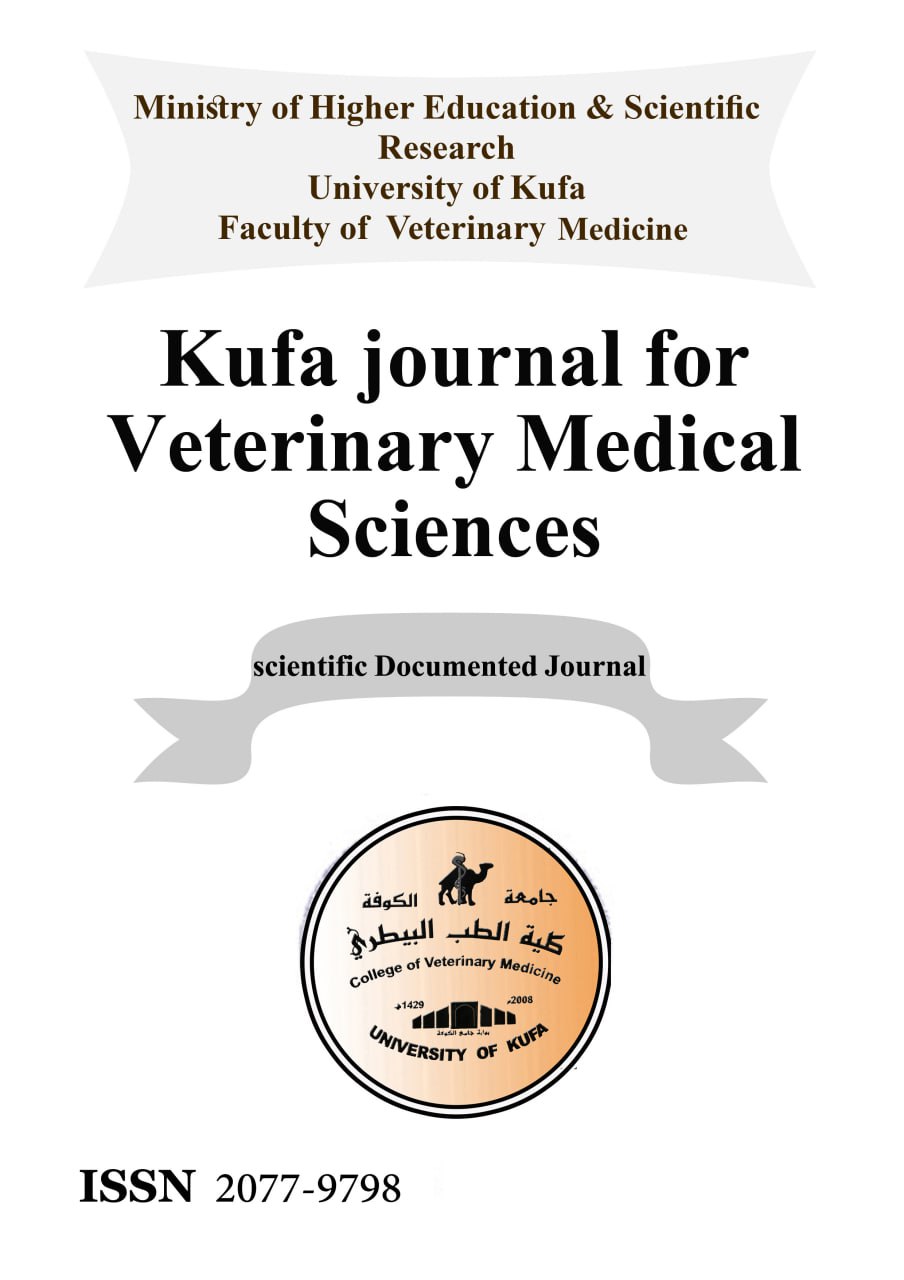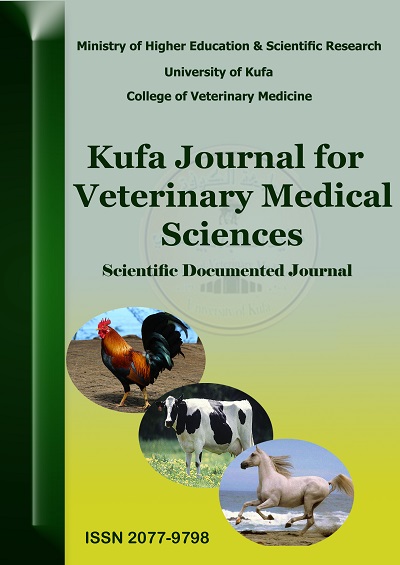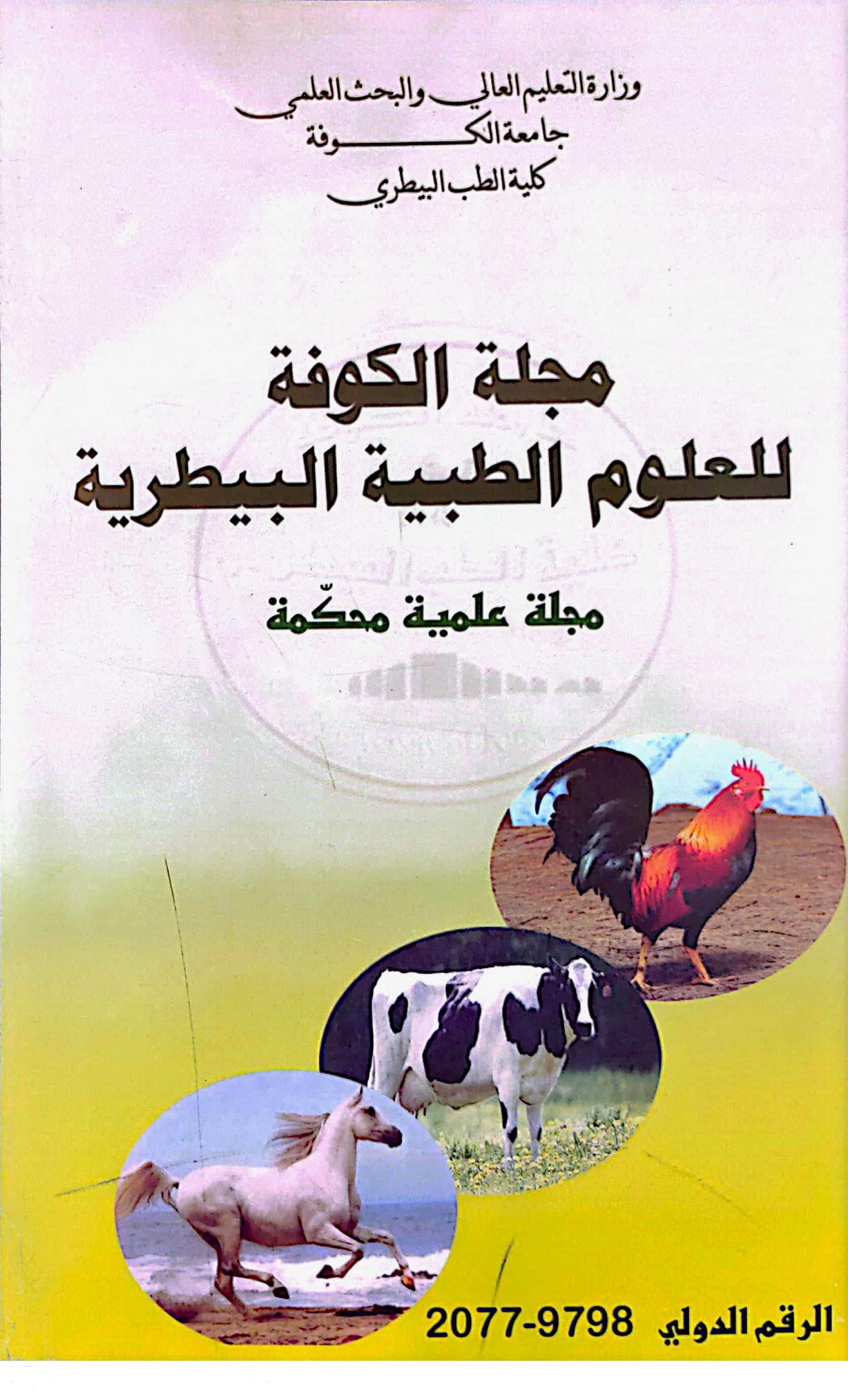Microanatomy and histological study of the Salt Glands of the territorial lovebirds (Agapornis taranta)
DOI:
https://doi.org/10.36326/kjvs/2016/v7i1B4262Keywords:
Frontal bone, lovebirds, salt glandsAbstract
The present study was conducted to determine the anatomical and histological structure of the salt glands in territorial lovebirds (Agapornis taranta).
In this study used (15) adult birds, which divided in tow groups, the first group contains (5) birds used for anatomical study includes positon, shape, segmentation, weight and width.
The second group includes (10) other birds used for histological study. Two types of stains were used. This study revealed that the lovebirds owns a pair of salt glands, It is well advanced located (left and right), anatomically the salt glands of lovebirds are situated in the supra orbital grooves of the frontal bones and covered by thine connective tissue membrane. The salt glands appear as crescent shape or narrow oval shape with anterior pointed part and posterior broad part. The mean weight (0.25 ) gm. Its mean length gland (2.8 mm and the mean width are (0.26 ) mm.
Histological examination revealed that the functional unit of the salt gland in form of secretory lobule which is represented a tubular structure that radiate around a central canal that drain in a mine duct which is lined by stratified cuboidal epithelium and leads to collecting duct that leads to anterior of the nasal cavity.
Downloads
Downloads
Published
How to Cite
Issue
Section
License
Copyright (c) 2023 Waleed J.A. Al-kelaby

This work is licensed under a Creative Commons Attribution 4.0 International License.













